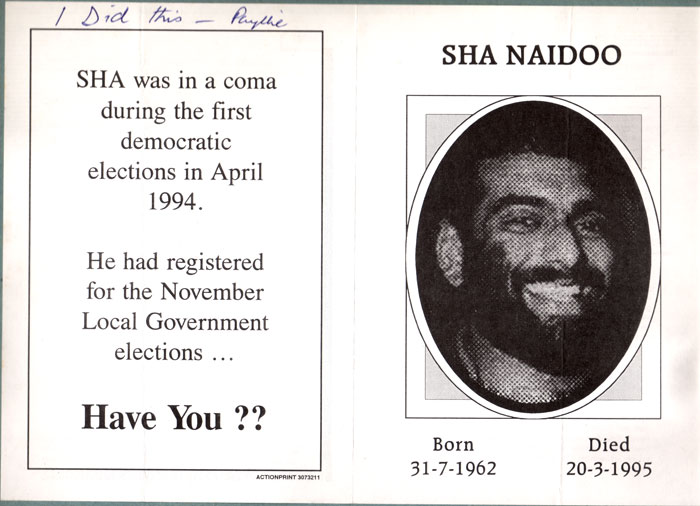In the historical tapestry of South Africa, the vestiges of apartheid loom large, an era characterized by institutionalized racial segregation and discrimination. This period, which lasted from 1948 to the early 1990s, wrought profound consequences on the socio-cultural fabric of the nation. In examining the legacy of apartheid, one must grapple with the dual narratives of division and hope, particularly through the lens of cultural relativism, which invites a deeper understanding of its consequences.
Would it be fair to compare apartheid’s impact to a powerful river carving canyons into the landscape? The aftermath is not just a matter of separation but also of adaptation, negotiation, and the reclamation of identity. The interplay of these factors presents a compelling challenge for social scientists and anthropologists alike. The multifaceted consequences of apartheid invite us to consider whether cultural relativism can facilitate greater comprehension of one of history’s starkest registers of inequality.
The immediate impact of apartheid was the systematic dismantling of social cohesion among South Africa’s diverse populace. Policies segregated communities by race, relegating Black, Indian, and Colored citizens to predetermined, under-resourced spaces, while privileging the White minority. Urban centers and rural areas bore witness to the spatial and social fragmentation of society. The Group Areas Act exemplified this, designating residential zones based solely on race, erasing neighborhoods’ historical and cultural significance.
In the realm of education, apartheid’s ramifications were dire. The Bantu Education Act ensured that educational opportunities for Black students were fundamentally inferior, instilling a sense of inferiority persistently echoed in societal attitudes. This system has perpetuated cycles of poverty and disenfranchisement, challenging the aspiration of building an equitable society. The legacy of these educational disparities is palpable today, sparking dialogues around reparations and the reinvestment in historically marginalized communities.
Yet, beneath this grim narrative of division lies the resilient spirit of hope and resistance. Cultural relativism allows us to appreciate the richness of South Africa’s cultural diversity as a counter-narrative to apartheid’s oppressive structures. It enables a broader lens through which we can view the complexities of identity formation in the post-apartheid era. The struggle for liberation was not merely a matter of political power but was intricately interwoven with cultural revival. Artists, musicians, and writers emerged as pivotal figures in reclaiming narratives, disseminating messages of resistance, and fostering solidarity.
The notion of cultural relativism further provokes contemplation on the ways in which identities are navigated within a post-apartheid context. The official dismantling of apartheid in 1994 was a monumental achievement; however, the path to reconciliation remains perilous. The Truth and Reconciliation Commission (TRC) aimed to bridge the chasm created by apartheid by addressing past injustices. Its approach, which emphasized restorative justice over punitive measures, exemplified a culturally nuanced understanding of healing. However, the viability of such initiatives raises questions: Can true reconciliation occur without addressing the economic inequalities entrenched by decades of segregation?
Moreover, the legacy of apartheid has left indelible marks on language and cultural expression. As various cultural groups strive to assert their narratives, tensions emerge. The prominence of Afrikaans and English as dominant languages in institutions often sidelines indigenous languages, underscoring the cultural elitism that can persist post-apartheid. The challenge lies in fostering an inclusive linguistic policy that honors the multiplicity of languages and cultures, recognizing their significance in constructing a truly democratic South African identity.
Additionally, the economic consequences of apartheid remain deeply entrenched. While legal frameworks have changed, the socio-economic disparity retains its grip on the nation. The apartheid era’s preferential policies have left a yawning gap in wealth distribution, with the majority of Black South Africans still grappling with poverty and limited access to resources. The challenge of transforming this socio-economic landscape calls for not only commitment from the government but also concerted efforts from civil society and private sectors to promote equity and inclusivity.
Nevertheless, the persistent spirit of activism illustrates the immense yearning for change and the potential for cultural synthesis. Movements advocating for land reform and economic justice demonstrate a collective striving towards a more equitable society. Through cultural relativity, these movements find strength in their rich historical contexts, drawing on traditional practices to forge new pathways towards social justice.
As we ponder the intricate intersection of division and hope in post-apartheid South Africa, the challenges remain manifold. One must ask: can cultural relativism serve as a bridge, fostering dialogue that transcends entrenched divisions? Or will it reflect the complexities of living in a society still seeking its identity? Whichever the answer, understanding the consequences of apartheid through this lens presents both an academic inquiry and a practical challenge for fostering unity amid diversity.
In conclusion, the legacy of apartheid in South Africa is a profound duality of consequence—marked by deep divisions but also resonating with an enduring hope for cultural revitalization and reconciliation. It evokes a commitment to not only acknowledge the historical injustices but also to cultivate a society that embraces diversity as a cornerstone of its present and future.
